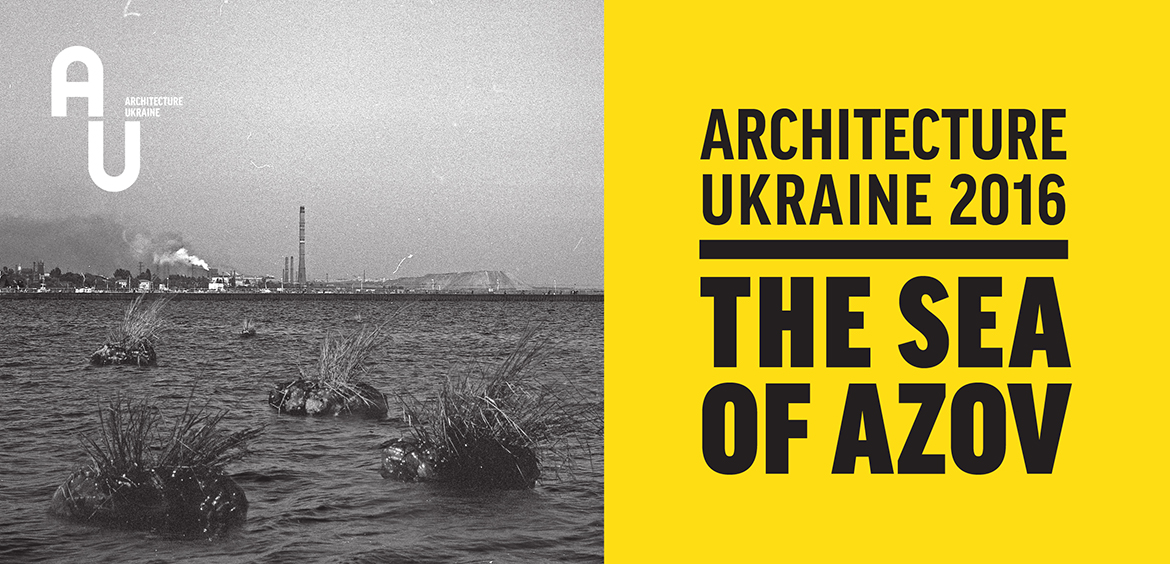Architecture Ukraine—The Sea of Azov

13 July 2016 — 23 July 2016
Architecture Ukraine (AU) and IZOLYATSIA announces a new strand of investigation and research—the Sea of Azov, known as the shallowest sea in the world with historically rich marine life. Sharing the coastline of both Ukraine and Russia, the Sea of Azov (SOA) remains a strategically important asset both economically and politically. Historians, oceanographers and archaeologists are still in debate about its history, some claiming that initially it was a freshwater lake. The SOA would not be the same without the rivers that flow into it and create its unique composition.
In 2015, the AU residency programme initiated by IZOLYATSIA, set out to analysis the built environment of Mariupol, a city of regional significance located on the SOA. The studies evolved an understanding of the built environment, historical precedent, the local community, socio-economic demographics, industry and commerce and the impact of the current conflict. The spectrum of understanding subsequently led to proposals and interventions to demonstrate the possibility of incremental change. Subsequently it became apparent that the SOA is intrinsic to the function and identity of Mariupol and that the city owes its foundation and historical development to the sea. Located at the mouth of the Kalmius River, the preindustrial economy of Mariupol was built on regional agriculture, coastal fisheries, and ancillary trades that gave increasing prominence to the port. From the late 1800’s onwards, the industrial era heralded economic growth and expansion.
Nowadays the situation is not as bright and the industrialisation of the region has left a deep scar in the shallow sea. The marine ecology of the SOA has declined by the uncontrolled discharge of industrial effluent, freshwater extraction from its source rivers for cotton production, increasing salinity from the Black Sea, sedimentation and, seasonal anoxia with a significant decrease in fish stocks. Heavy industry predominates and continues to pollute while the fisheries have collapsed, and the fashionable SPAS have long since closed.
IZOLYATSIA (within the framework of AU) sets out to investigate the challenges faced in the 21st century for remediation and economic regeneration of the SOA. With declining and out of date heavy industry, the sea presents an important asset that cannot be ignored. We believe that it is not too late to return the SOA to a healthy and productive state that would enable new economies and possibilities for the region and especially Ukraine.
To mark the beginning of this initiative, and as a continuation of the 2015 AU Residency, IZOLYATSIA announces the installation of Localised Sea Filtration Farm by artist Justin Tyler Tate. It introduces the possibility of localised phytoremediation and is an experimental method for filtering dirty and polluted seawater, washing onto a beach or other shoreline, by creating an array of small floating bio-filters to absorb pollutants in the water. As they wash through root systems suspended in the water, the Localised Sea Filtration Farm also introduces new potential reef-like spaces into the environment where local aquatic life can grow. The Localised Sea Filtration Farm is intended to decrease the toxicity of the human used areas along the shore of Mariupol and provide new habitat for aquatic life.
Supported by Department of ecology, energy management, workplace health and safety, Mariupol